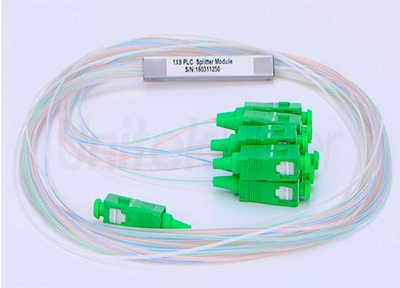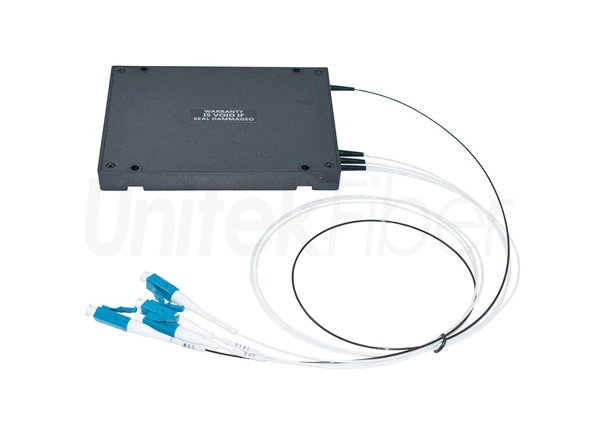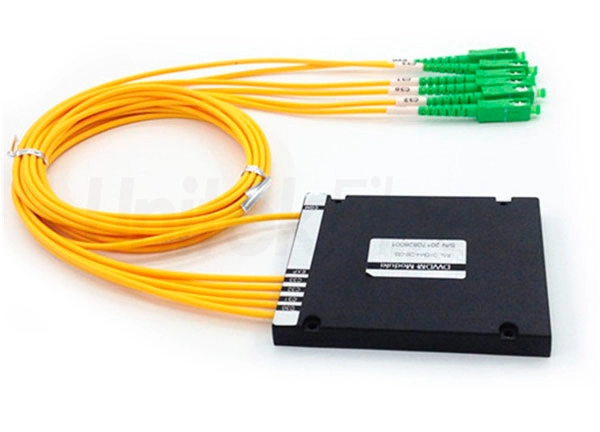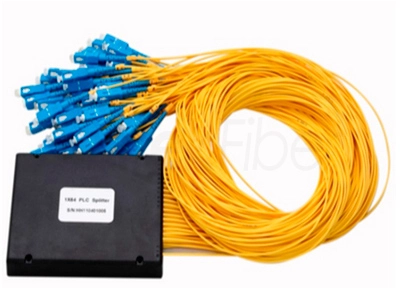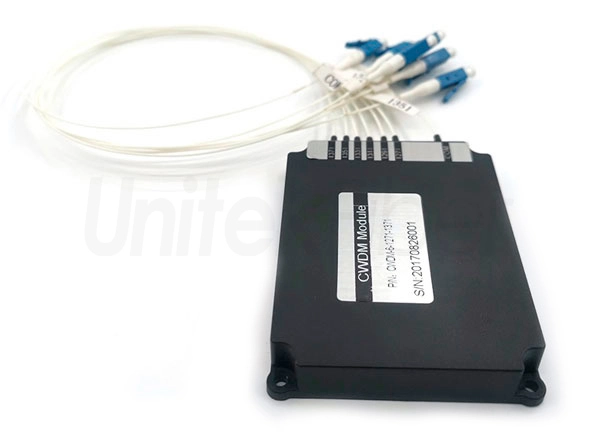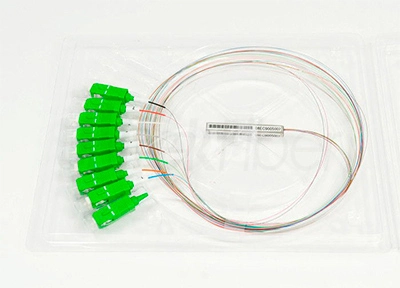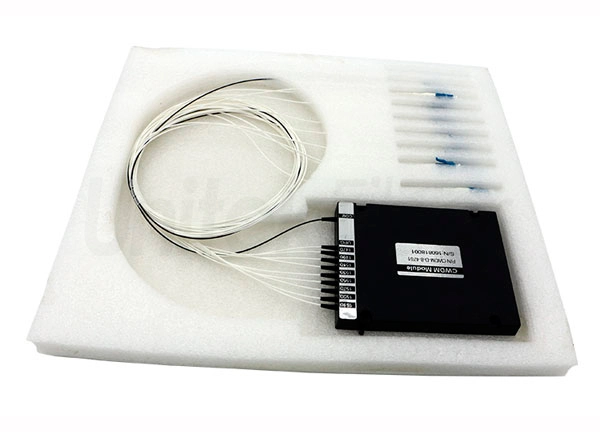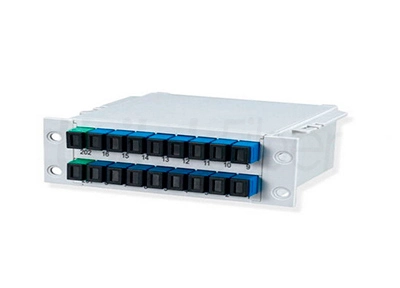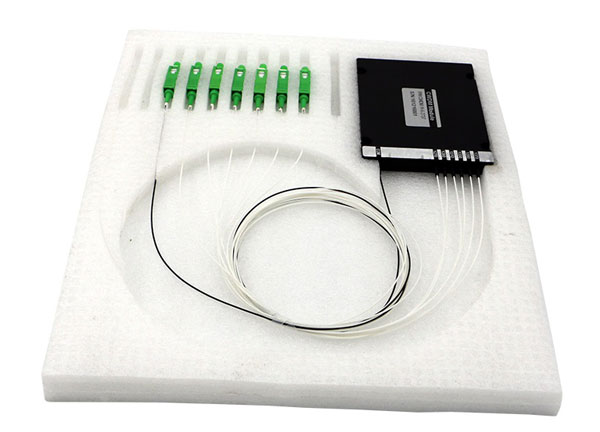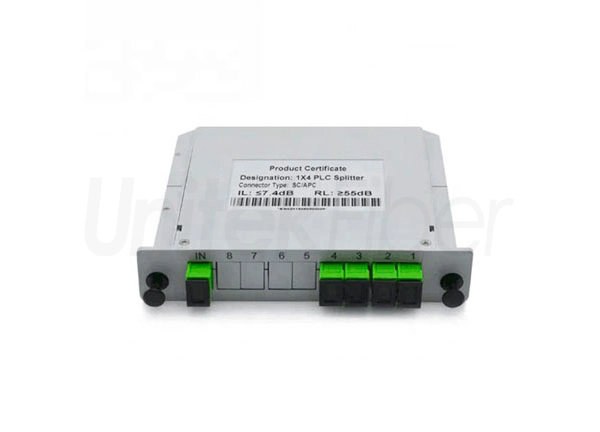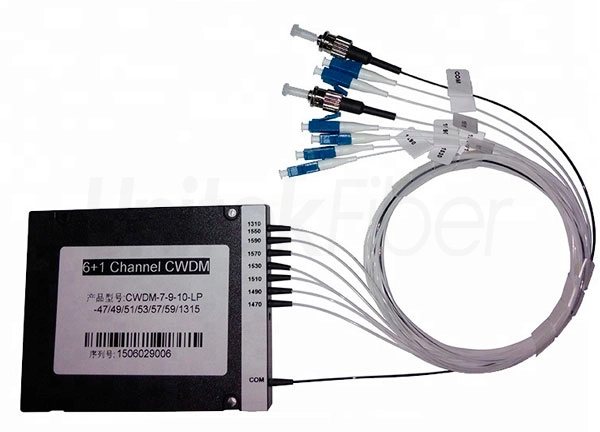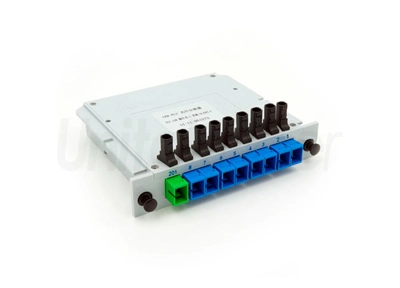
UnitekFiber produces the high quality Coarse Wavelength Division Multiplexing (CWDM), Dense wavelength-division multiplexing (DWDM) and Fiber Optical PLC Splitters. These devices from UnitekFiber enable more effective monitoring and management of optical networks, and deliver high performance.
Wavelength Division Multiplexing (WDM) and Planar Lightwave Circuit (PLC) splitters are both technologies used in optical fiber networks, but they serve different purposes and have distinct characteristics. UnitekFiber is not only committed to providing you with high-quality CWDM, DWDM and PLC splitters, but offer your better information services. Let’s read more if you confusing on CWDM, DWDM and PLC splitters.
When dealing with Optical Transport Network (OTN), there are two main types of Wavelength Division Multiplexing (WDM) systems: Coarse Wavelength Division Multiplexing (CWDM) and Dense Wavelength Division Multiplexing (DWDM). As two modern WDM technologies, they are both used for increasing the bandwidth of fiber by combining optical signals of different wavelengths on one strand of fiber. And PLC splitter, also called Planar Waveguide Circuit splitter, is a device used to divide one or two light beams into multiple light beams uniformly or combine multiple light beams to one or two light beams. It is a passive optical device with many input and output terminals, especially applicable to PON (EPON, GPON, BPON, FTTX, etc.) to connect the MDF (main distribution frame) and the terminal equipment and to branch the optical signal.
WDM is a technology that enables multiple optical signals to be transmitted simultaneously over a single optical fiber by using different wavelengths of light. It allows for the simultaneous transmission of multiple data streams, increasing the capacity and efficiency of the network.
PLC splitter is used for splitting a single optical signal into multiple signals. It takes a single input and divides it into several outputs, allowing one optical fiber to serve multiple users or devices.
WDM operates based on the principle of wavelength multiplexing. It uses different wavelengths of light to carry multiple signals, each occupying a specific wavelength band. These signals can be separated and demultiplexed at the receiving end using a demultiplexer. WDM systems typically consist of multiple transmitters and receivers, each operating at a specific wavelength. These wavelengths are combined using multiplexers and transmitted over a single optical fiber. At the receiving end, demultiplexers separate the signals based on their wavelengths.
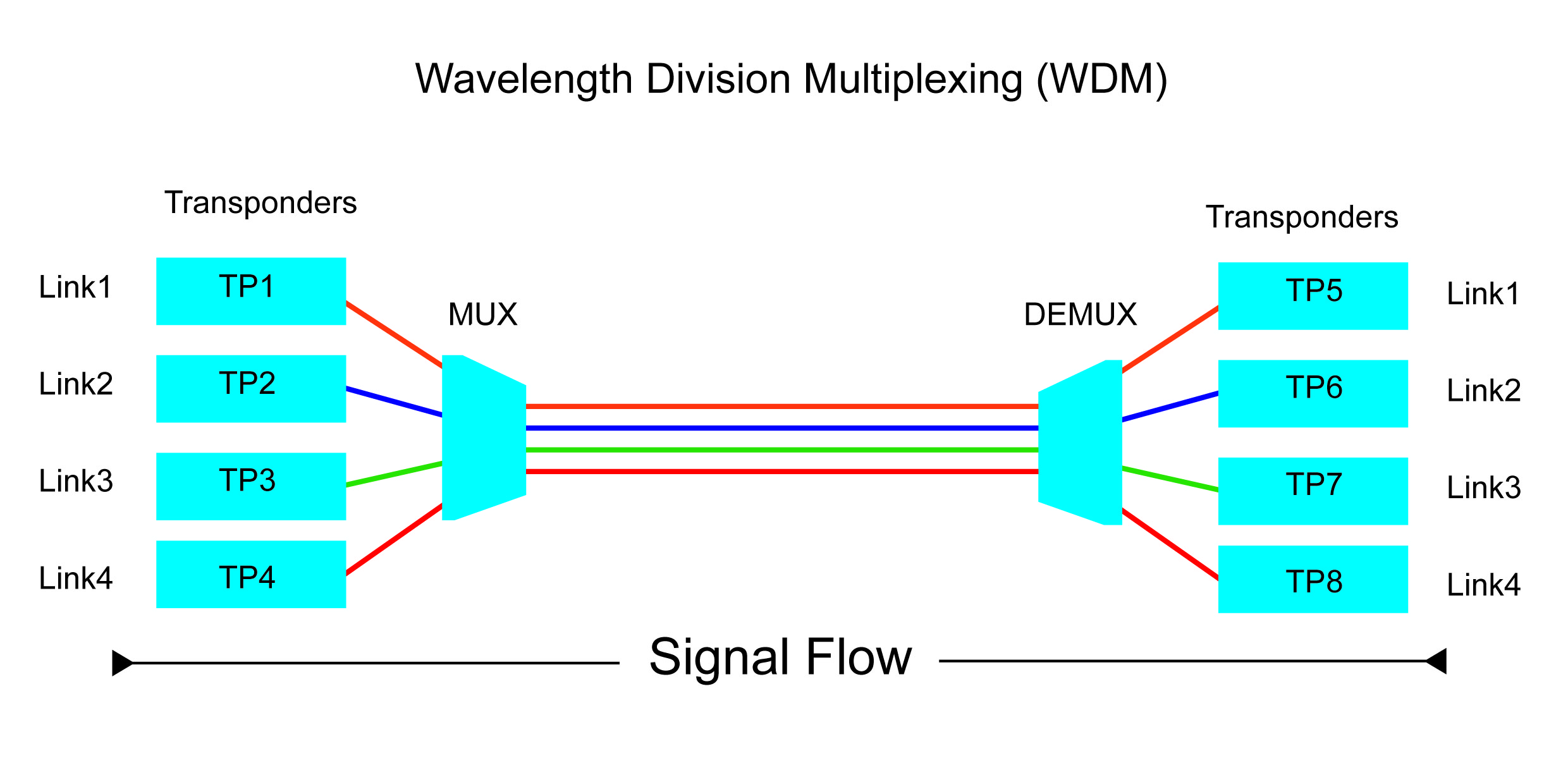
PLC splitters work based on the principle of light splitting using a planar lightwave circuit. They use a combination of waveguides and optical splitters fabricated on a small chip to divide the incoming optical signal into multiple outputs. PLC splitters are passive devices that do not require additional transmitters or receivers. They are usually installed at the central office or distribution point and split the incoming optical signal into multiple outputs to serve multiple users or devices.
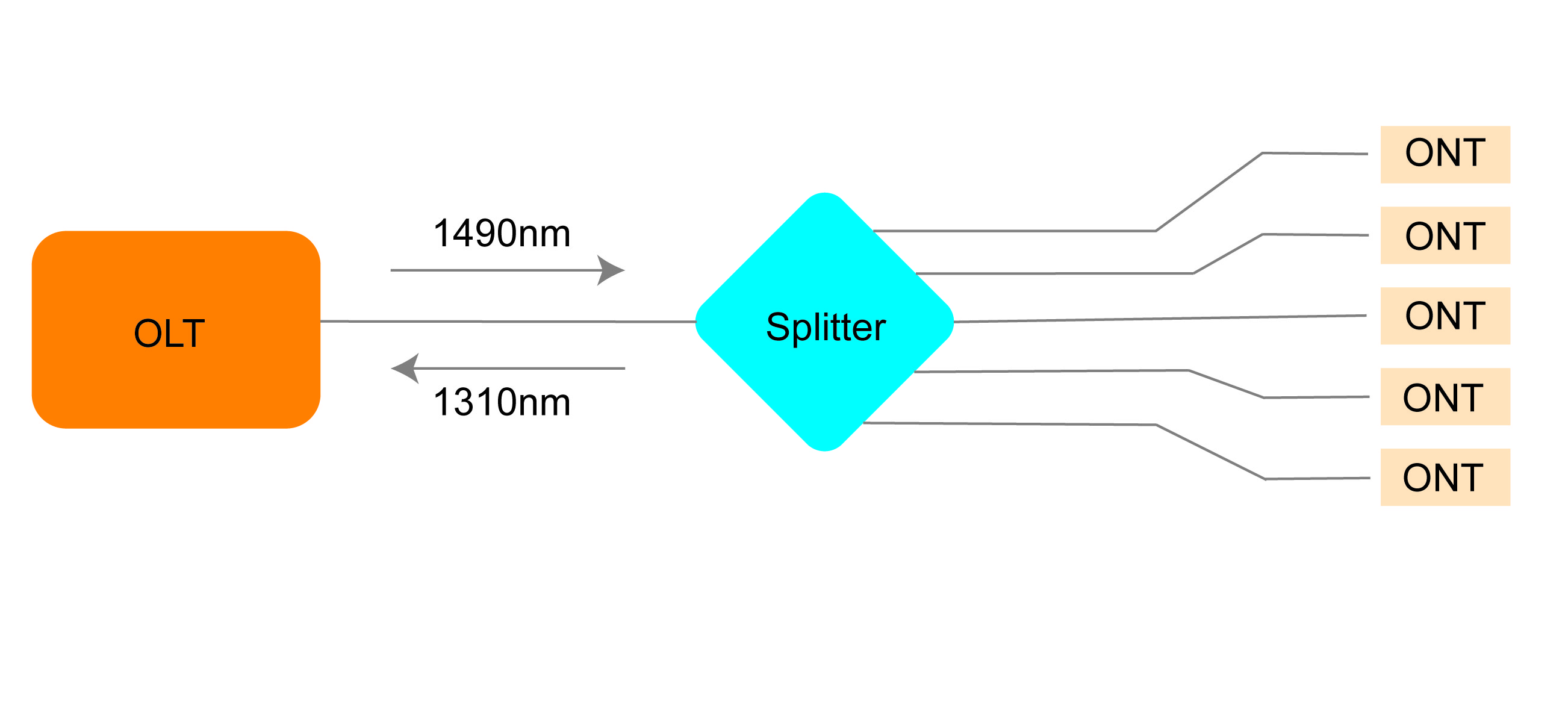
WDM technology is commonly used in long-haul fiber optic networks, where it enables the transmission of multiple high-speed data streams over a single fiber. It is also used in metropolitan area networks and data centers to increase network capacity and improve efficiency.
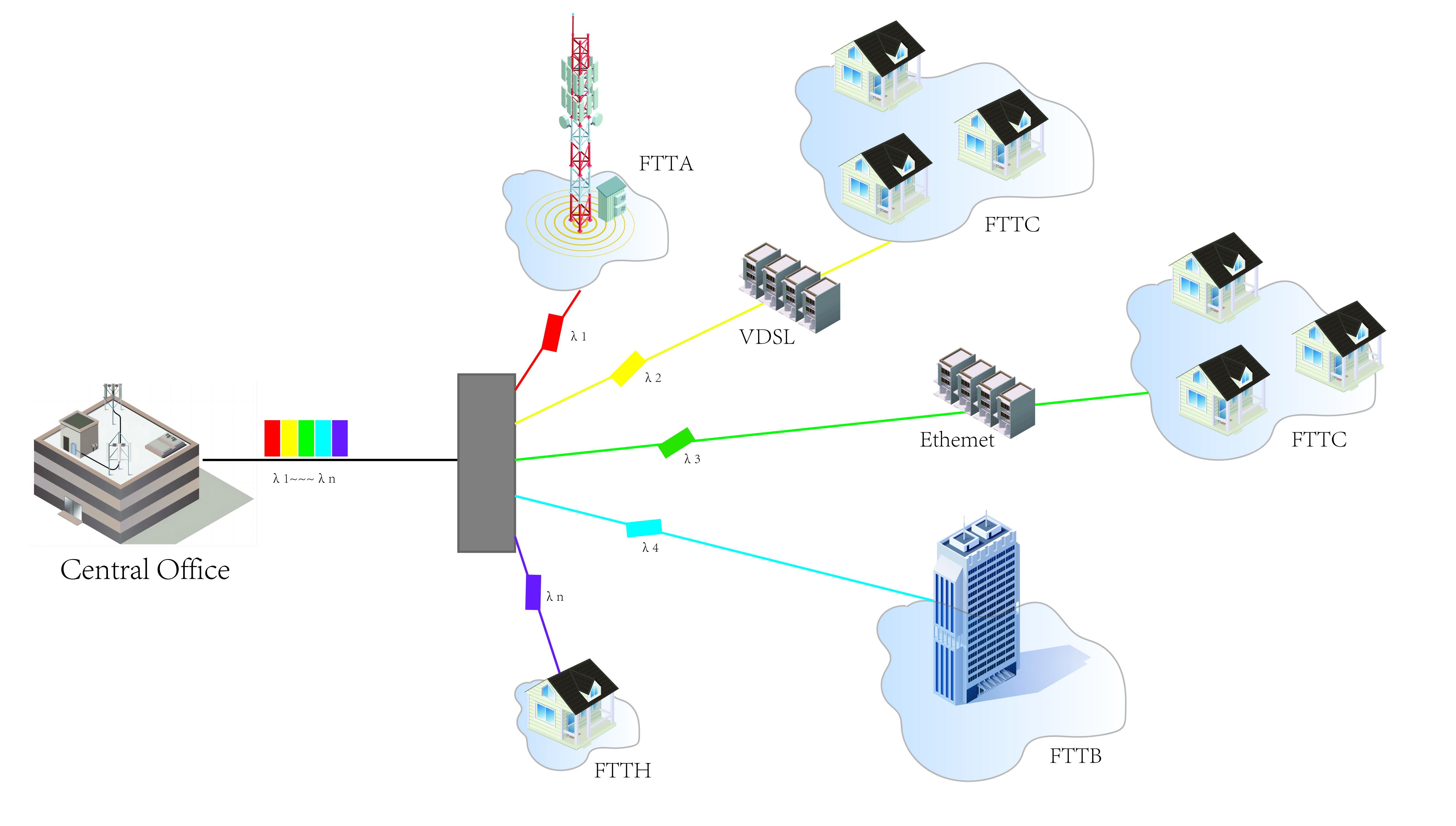
PLC splitters are widely used in passive optical networks (PONs) and fiber-to-the-home (FTTH) networks. They allow a single optical fiber to be shared among multiple users, enabling cost-effective and efficient distribution of optical signals.
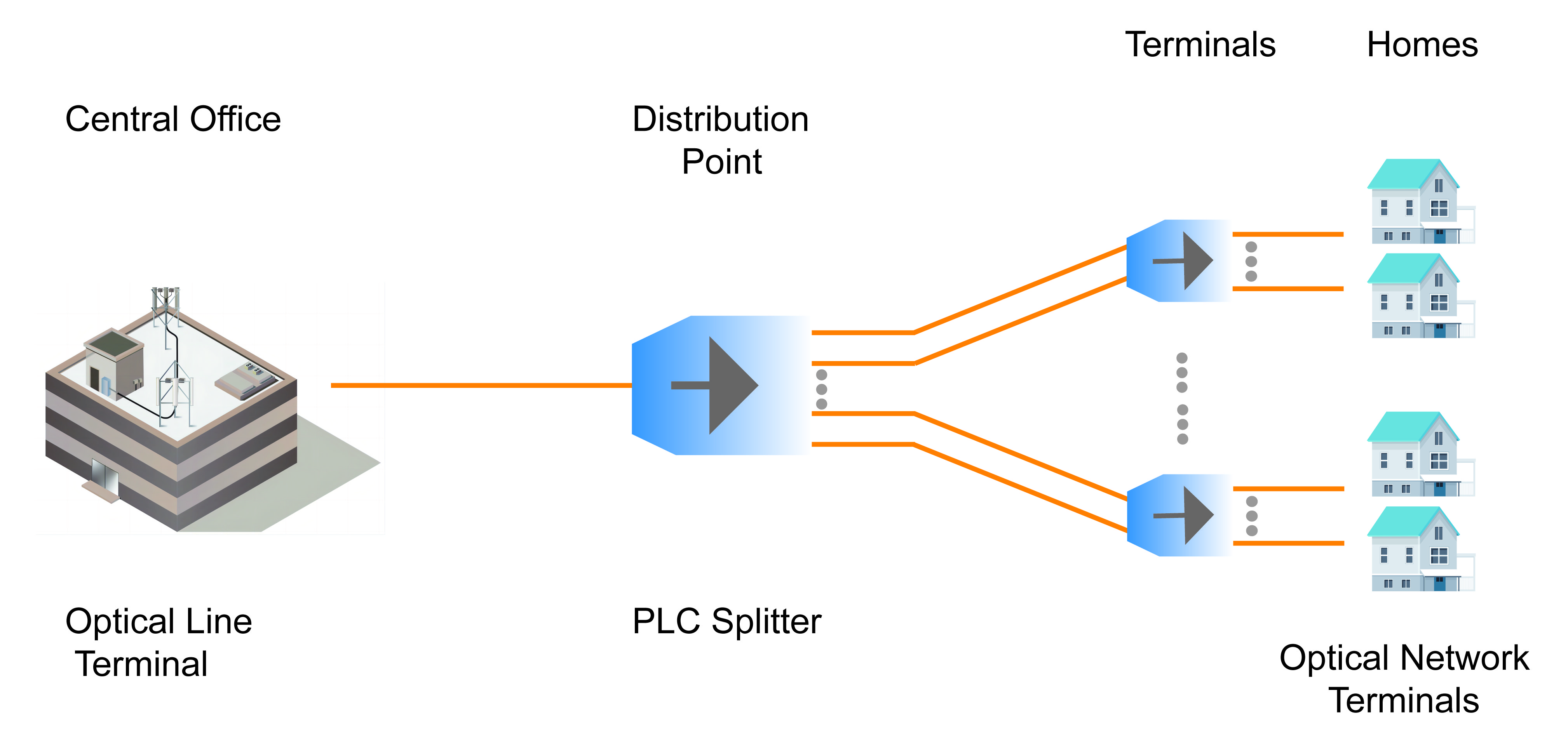
In summary, WDM is used for multiplexing multiple signals onto a single fiber, while PLC splitters are used for splitting a single optical signal into multiple outputs. WDM increases network capacity, while PLC splitters enable the sharing of a single fiber among multiple users.
UnitekFiber's products are with strict QC system and all the goods are 100% factory tested to ensure excellent performance. we support business partners from distributors to telecomm contractors globally. We are so glad to support you and to establish business cooperation with you. Please contact us at sales@unitekfiber.com if you have any inquiry or need any CWDM, DWDM and optical PLC splitters. We will get you cover.
Wavelength Division Multiplexing (WDM) and Planar Lightwave Circuit (PLC) splitters are both technologies used in optical fiber networks, but they serve different purposes and have distinct characteristics. UnitekFiber is not only committed to providing you with high-quality CWDM, DWDM and PLC splitters, but offer your better information services. Let’s read more if you confusing on CWDM, DWDM and PLC splitters.
When dealing with Optical Transport Network (OTN), there are two main types of Wavelength Division Multiplexing (WDM) systems: Coarse Wavelength Division Multiplexing (CWDM) and Dense Wavelength Division Multiplexing (DWDM). As two modern WDM technologies, they are both used for increasing the bandwidth of fiber by combining optical signals of different wavelengths on one strand of fiber. And PLC splitter, also called Planar Waveguide Circuit splitter, is a device used to divide one or two light beams into multiple light beams uniformly or combine multiple light beams to one or two light beams. It is a passive optical device with many input and output terminals, especially applicable to PON (EPON, GPON, BPON, FTTX, etc.) to connect the MDF (main distribution frame) and the terminal equipment and to branch the optical signal.
WDM is a technology that enables multiple optical signals to be transmitted simultaneously over a single optical fiber by using different wavelengths of light. It allows for the simultaneous transmission of multiple data streams, increasing the capacity and efficiency of the network.
PLC splitter is used for splitting a single optical signal into multiple signals. It takes a single input and divides it into several outputs, allowing one optical fiber to serve multiple users or devices.
WDM operates based on the principle of wavelength multiplexing. It uses different wavelengths of light to carry multiple signals, each occupying a specific wavelength band. These signals can be separated and demultiplexed at the receiving end using a demultiplexer. WDM systems typically consist of multiple transmitters and receivers, each operating at a specific wavelength. These wavelengths are combined using multiplexers and transmitted over a single optical fiber. At the receiving end, demultiplexers separate the signals based on their wavelengths.

PLC splitters work based on the principle of light splitting using a planar lightwave circuit. They use a combination of waveguides and optical splitters fabricated on a small chip to divide the incoming optical signal into multiple outputs. PLC splitters are passive devices that do not require additional transmitters or receivers. They are usually installed at the central office or distribution point and split the incoming optical signal into multiple outputs to serve multiple users or devices.

WDM technology is commonly used in long-haul fiber optic networks, where it enables the transmission of multiple high-speed data streams over a single fiber. It is also used in metropolitan area networks and data centers to increase network capacity and improve efficiency.

PLC splitters are widely used in passive optical networks (PONs) and fiber-to-the-home (FTTH) networks. They allow a single optical fiber to be shared among multiple users, enabling cost-effective and efficient distribution of optical signals.

In summary, WDM is used for multiplexing multiple signals onto a single fiber, while PLC splitters are used for splitting a single optical signal into multiple outputs. WDM increases network capacity, while PLC splitters enable the sharing of a single fiber among multiple users.
UnitekFiber's products are with strict QC system and all the goods are 100% factory tested to ensure excellent performance. we support business partners from distributors to telecomm contractors globally. We are so glad to support you and to establish business cooperation with you. Please contact us at sales@unitekfiber.com if you have any inquiry or need any CWDM, DWDM and optical PLC splitters. We will get you cover.


